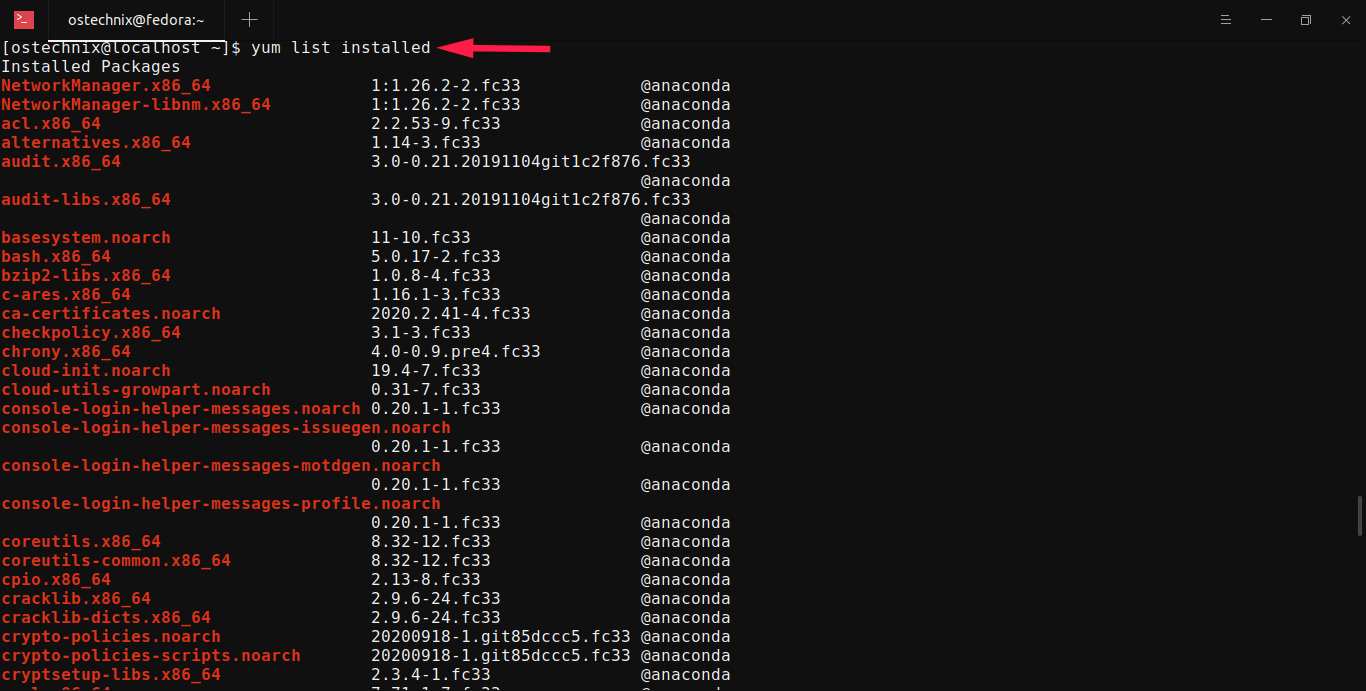

If you have paid for RHEL support, you will register your server using the rhn_register command, which will configure a yum repository. In this case I am using Oracle Linux 6.x, so I could use the repository provided by Oracle ( ). If you are connected to the internet, you may choose to use the repository provided by your Linux distribution. The yum command requires a repository as the source of the packages. It is for this reason you will probably prefer to use the yum command described below.

If there are missing dependencies, an installation will fail. The big limitation of the rpm command is it does not handle dependencies for you. You can then erase specific packages using the "-e" option. The "-q" option allows you to query installed packages. Package system-config-lvm-1.1. is already installed If the package does not already exist on the system it will be installed. If a package already exists on the system, but the supplied package is newer it will be applied. The "-U" option uses the supplied packages to update the system. Warning: system-config-lvm-1.1.: Header V3 RSA/SHA256 Signature, key ID ec551f03: NOKEY The example below attempts to install a package from a CD. Using the "-i" flag indicates you are attempting an install of one or more packages. Check out the man pages for a list of all the available options. The command expects to be supplied with flags to indicate the mode of operation and one or more package files. The rpm command is used to install, update, list and remove software packages.

Linux : Installing Software Packages (RPM, YUM and DNF).Remember, the exams are hands-on, so it doesn't matter which method you use to achieve the result, so long as the end product is correct. This article provides an overview of the rpm and yum commands for installing software packages on Linux, with specific reference to the information needed for the RHCSA EX200 and RHCE EX300 certification exams. Home » Articles » Linux » Here Installing Software Packages (rpm, yum)


 0 kommentar(er)
0 kommentar(er)
